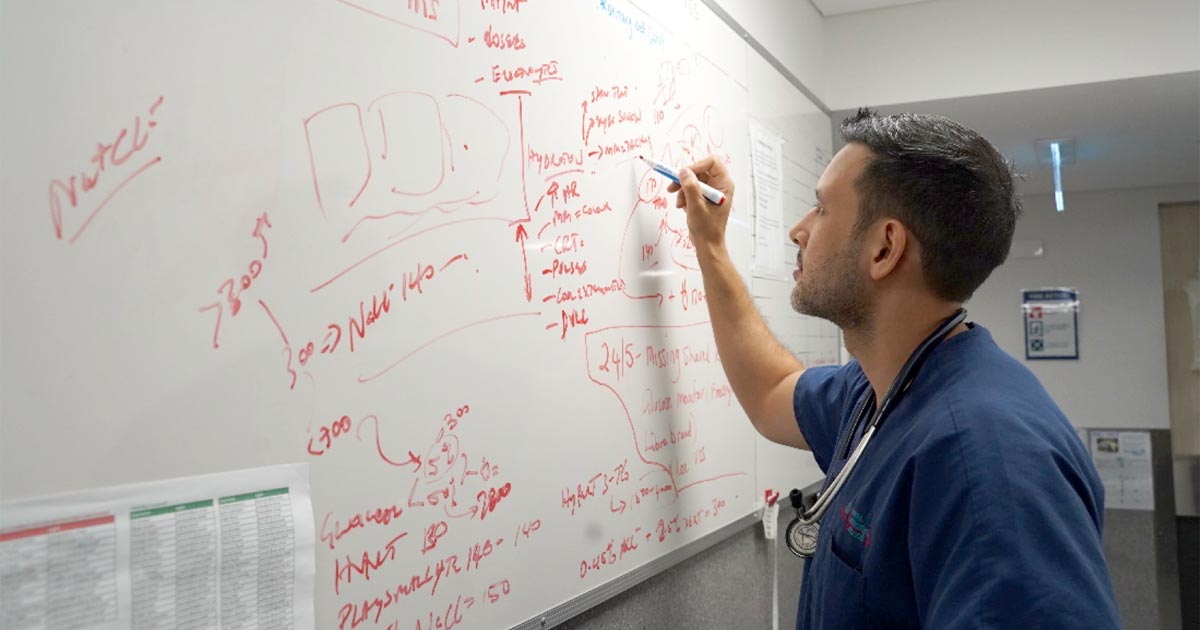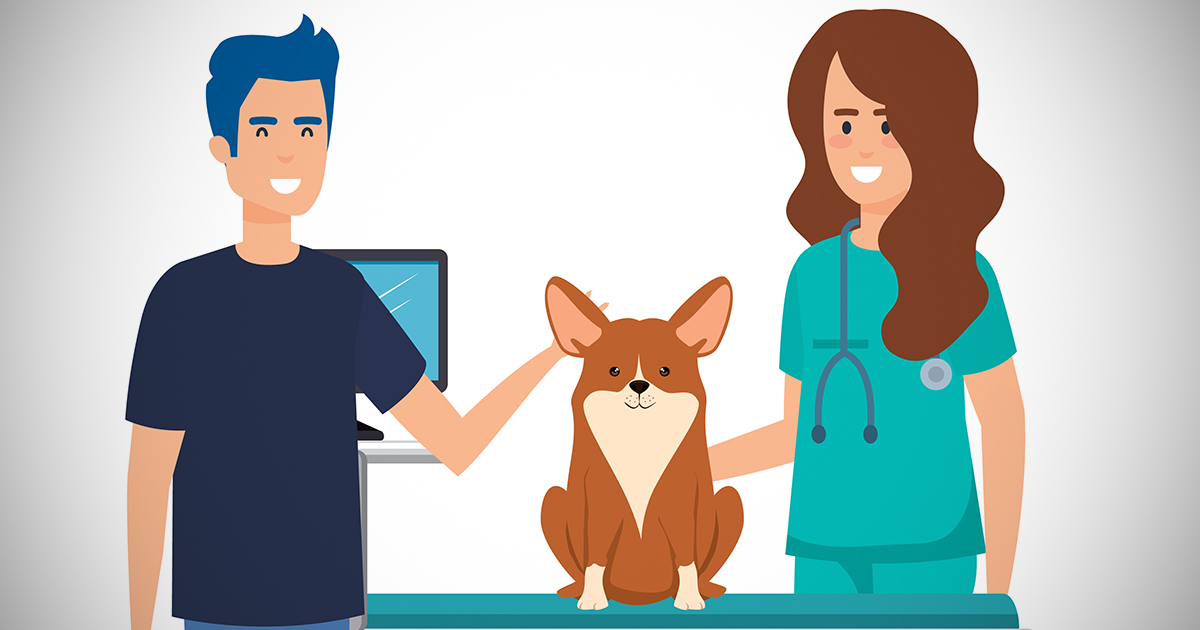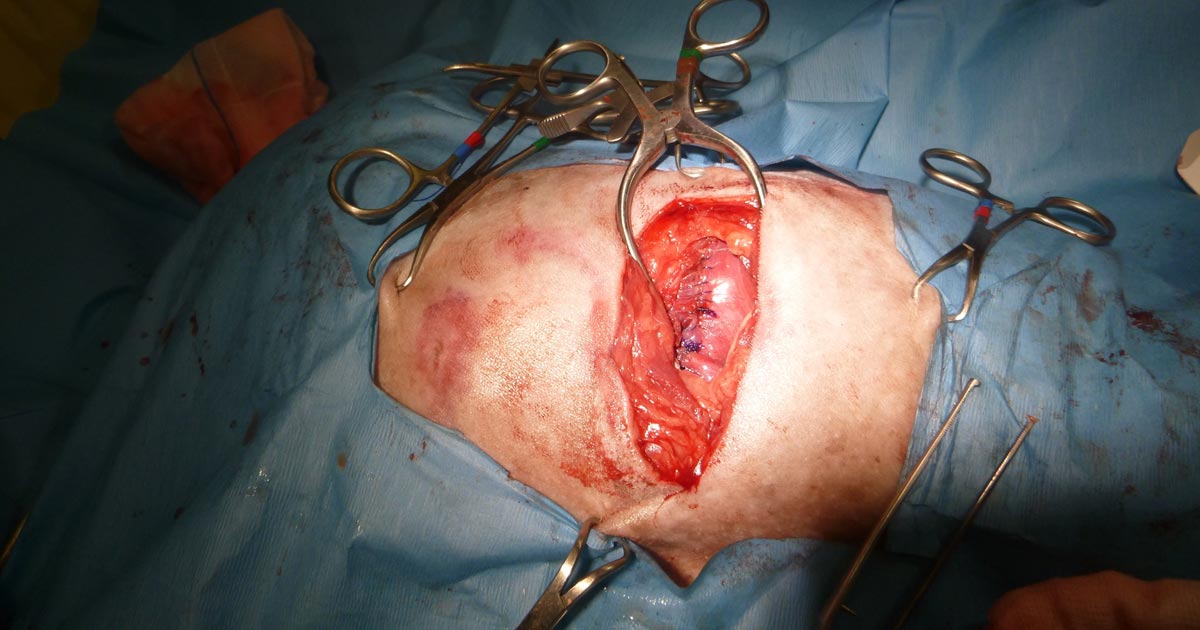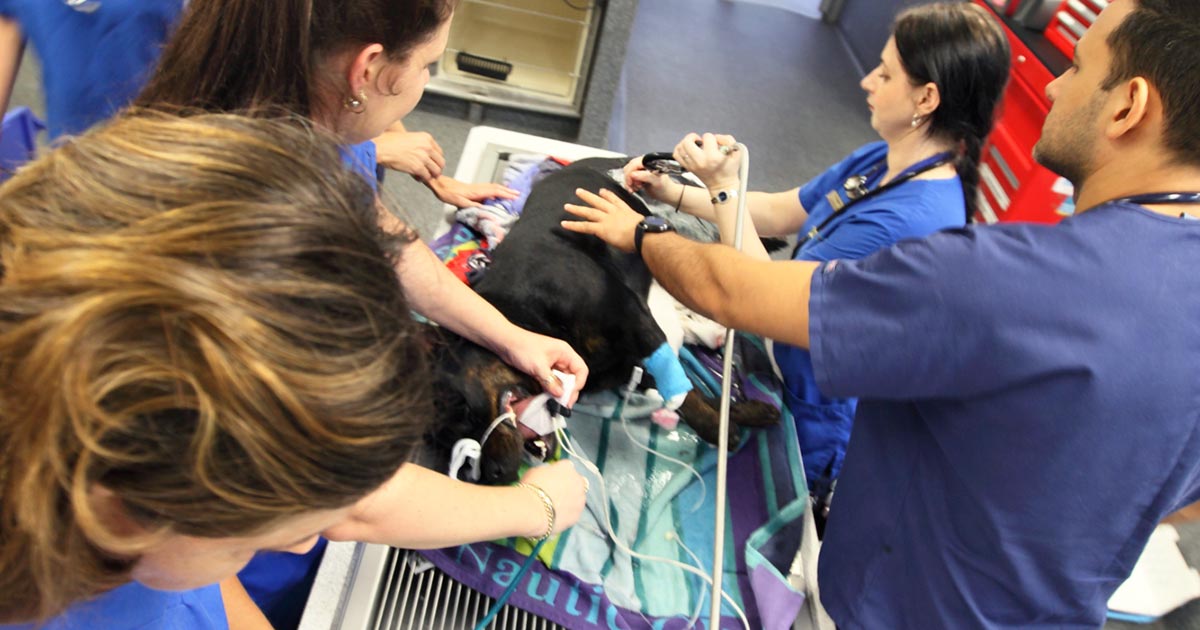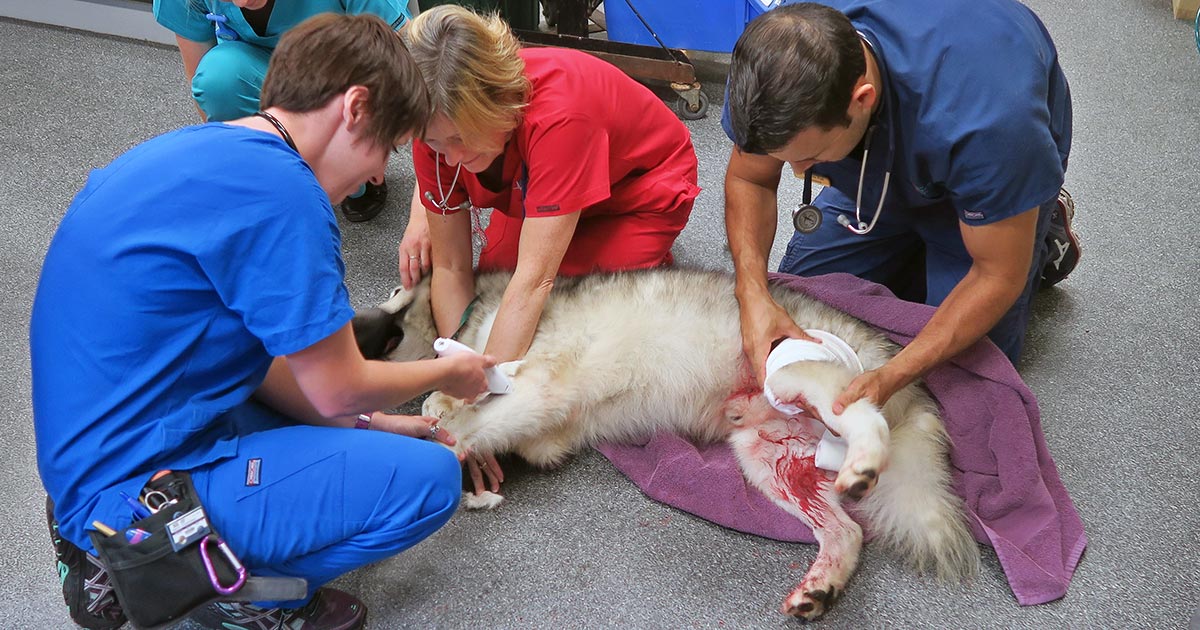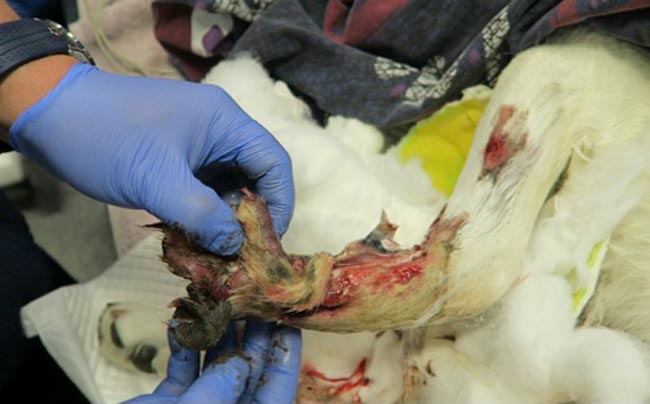Most complaints you’ll face in your career will not be about something you did, but about something you said. Or didn’t say, or because of how you said it, or how it was heard, perceived or interpreted.
Ah yes, communication – the final of the three Cs that will help you build trust.
Excellent communication is the cornerstone of trust in any relationship. Get it wrong and the entire thing can come tumbling down. In fact, the entire CTR-C framework is built on good communication.
But here are a few communication hacks that directly relate to building trust.
Listen
When we think of communication, we usually think of what to say and how to say it, but tend to forget about that thing that makes up – or should make up – at least half of every exchange we have: shutting up and listening.
And I mean really listening – without formulating your response in your head, or going through your differential diagnosis list while the client is speaking.
Listen carefully to exactly what the client is saying, and what he or she is not saying. Ask questions to get him or her to speak more, not less, so you can listen more.
This is a skill that takes time to develop and will take more time to delve into than this article permits, but suffice to say a large portion of the complaints I have dealt with in my leadership role stemmed from clients not feeling listened to.
Are you listening? Good. Let’s move on.
Speak
Speak the truth (also known as the no BS rule)
The good old white lie, the half-truth, the confident statement of “fact” based on nothing but personal opinion and a desire to just get home. I have witnessed masters of BS in action in many a vet clinic – and I got fairly good at it myself.
The scary thing is that many clients love a confident BSer – and even worse, you’ll eventually fool yourself.
But it is toxic to your team, erodes your professionalism, will reduce your enjoyment of your job over time, and, one day, your perfectly packaged parcel of poo will be revealed for what it is and is likely to explode in your face.
Keep your promises
We make promises to our clients all the time – from the implied big promises that come with your degree and our values as a profession, such as care, empathy, prevention of suffering and speaking
for those who can’t speak; to the explicitly stated small daily promises, such as “we’ll call you tomorrow with the blood results” or “you can pick her up at 5pm”.
Broken promises damage relationships. The latter group of promises may seem trivial, but neglecting these leads to death by a thousand cuts when it comes to any trust that you’ve managed to build.
Look, no one’s perfect – sometimes I promise my children I’ll watch a movie with them on a Friday night, only to be called out to work (or to the pub…). Stuff happens.
They key is to acknowledge the slip, apologise, and promise to do better. For example: “I promised we’d phone you with an update this morning and we didn’t – I’m sorry. I’m sure you were very worried. I’m blocking off time now for tomorrow’s telephone call.”
If done right, this can sometimes even strengthen the bond.
This also means you need to be very wary about making promises you can’t deliver. Most of us are people-pleasers, so we tell people what we think they want to hear. Setting unrealistic expectations sets us up to disappoint our clients, and puts us and our teams at risk of burnout.
Instead of “we’ll be done with surgery by 4pm and I’ll telephone you immediately after” when you know the day is likely to go crazy, try: “I’m aiming to be done by 4pm, but if we get emergencies it may be pushed back a bit. I’ll call you as soon as I’m done, but if you don’t hear from me you can presume it’s all good news. Feel free to telephone to check in any time, and once I’m happy that Fluff-nuts is stable and comfortable, I’ll sit down with a coffee and we’ll have a long chat. Does that sound good to you?”
Remember – the goal of our series is to have problem-free, complaint-free consult. It is very unlikely that a client will hold on to any serious feelings of anger, or allocate blame or complain about someone they like and trust. The client who is on your side may complain to you when a fissure arises in the trust, but the intention will generally be to restore trust, not to hurt you.
You want your clients to trust you. Trust me.
